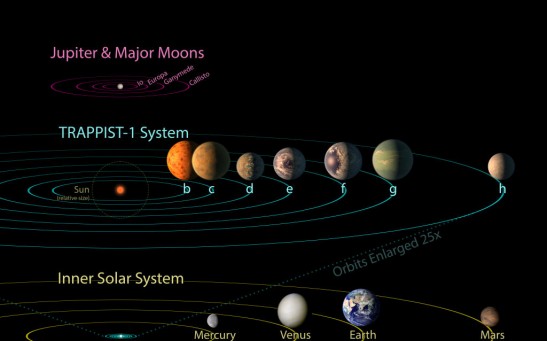astronomy
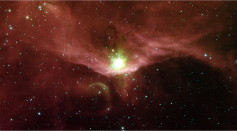
Spectacular Life Cycle Of Stars: From Birth To Death
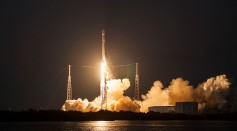
SpaceX Relives Wright Brothers Moment: Reuses Falcon 9 Rocket For New Mission
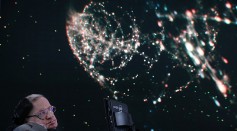
Stephen Hawking Books Ticket To Space To Board Richard Branson's Virgin Galactic Spacecraft
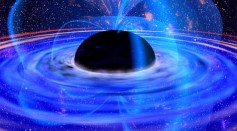
Astronomers Will Look Into Black Hole Through Event Horizon Telescope
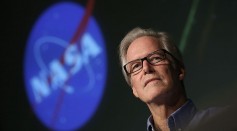
NASA: Timing Of Mars' Arsia Mons Volcano Eruption And Dinosaurs Extinction Coincide
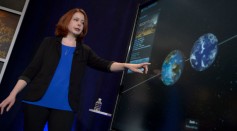
Aliens May Be Shifting From One Planet To The Other In The Trappist-1 World
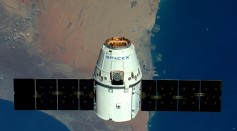
Artificial Intelligence Helps In Astronomical Research
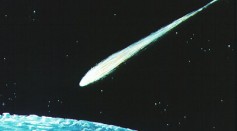
Mystery Sound Of Meteors: Here Is Why Some Of You Hear The Dazzling Shooting Star
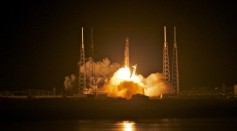
Ticket To Heaven: SpaceX Offering Tourists A Trip To Moon
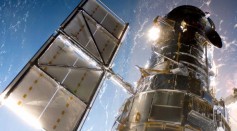
Sun May Create Havoc On Earth: NASA On A Mission To Reach Sun's Surface And Save Earth
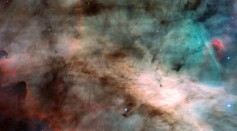
Blink And Miss: Astronomers Will Monitor The Star 'Beta Pictoris' Without Blinking For 200 Days
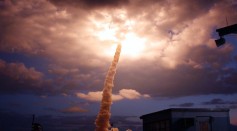
NASA Finds Evidence Of Organic Material And Life Possibilty On Planet Ceres
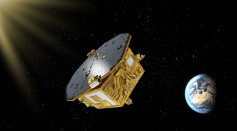
Astronomers Discover 'Super Earth', 60 More Planets Near Solar System
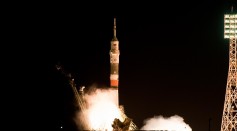
India Creates History: ISRO Launches Record 104 Satellites Together
Most Popular

How Technology Is Changing the Real Estate Industry?

Study Reveals High Turnover in Scientific Research Careers: What This Means for Future Scientists

Nikolay Karpenko Biography, Photo, Career, Accomplishments

China’s Tiangong Space Station to Expand Its Capabilities With New Modules

